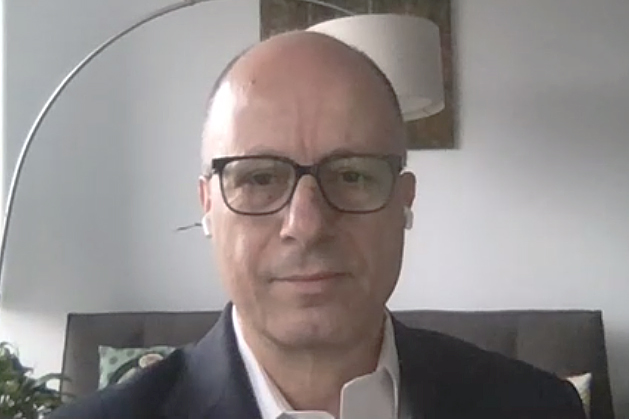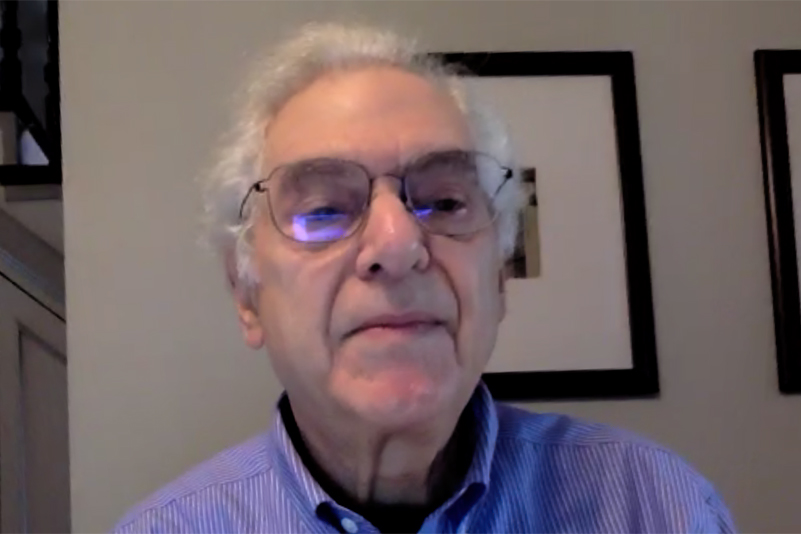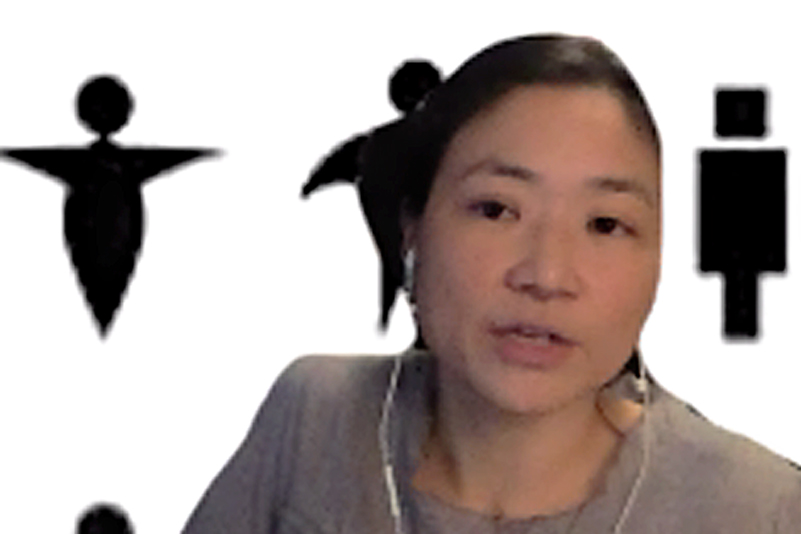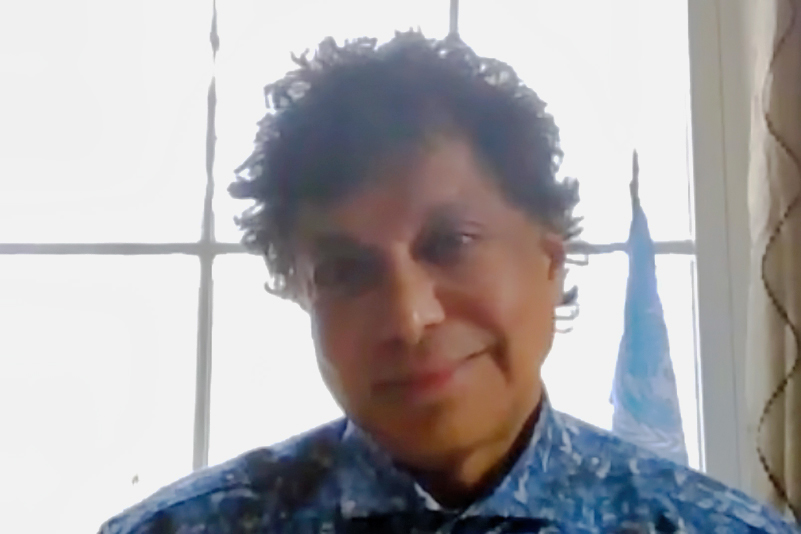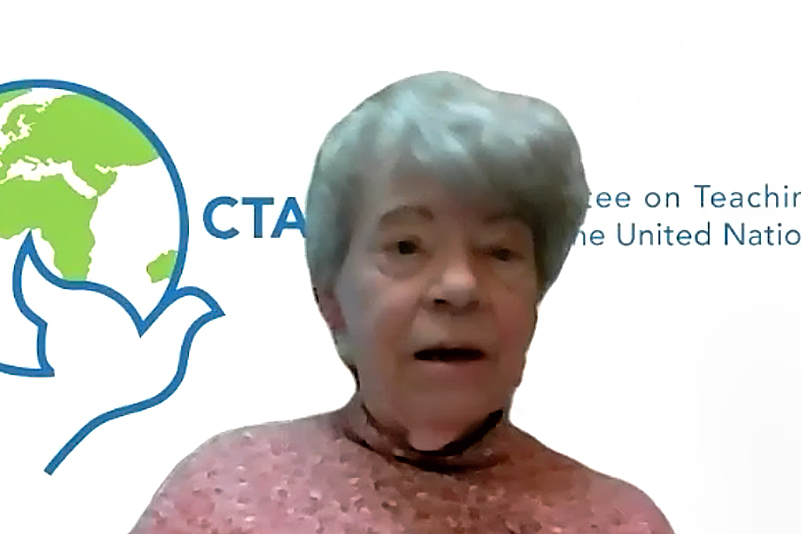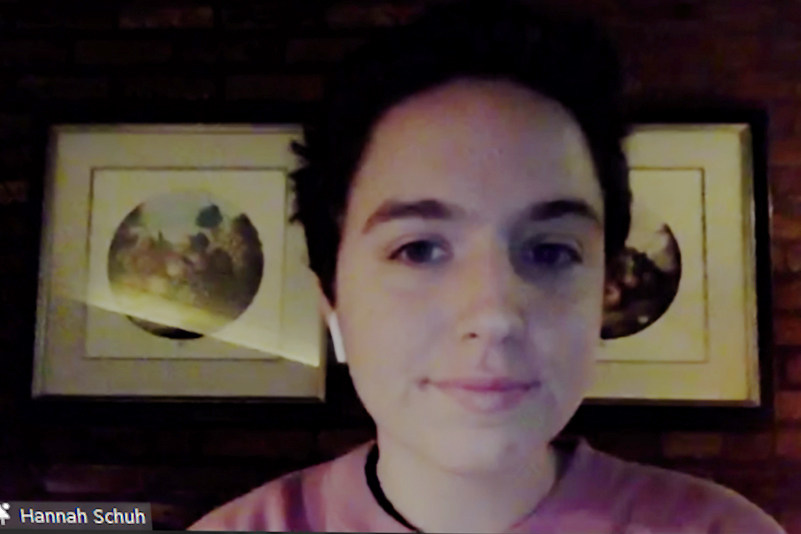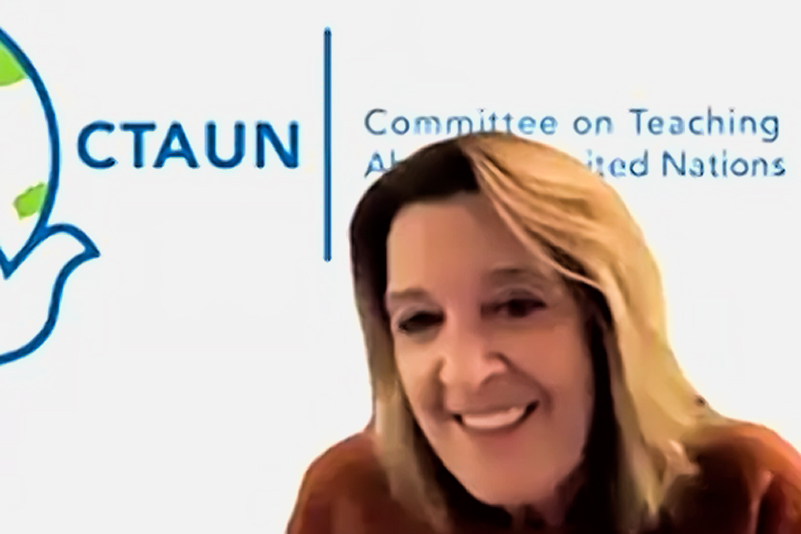Webinar: Combating a Pandemic of Misinformation
In this age of Covid-19, the rapid spread of misinformation may be as dangerous as the virus itself. On Tuesday, 8 December 2020 CTAUN organized a special online presentation examining why people believe and spread misinformation, and invited media professionals to offer techniques and resources that help students (and educators) recognize “red flags”of misinformation (“fake news”). Our Student Panel directed particular attention to Social Media, and we heard from UN communications professionals about special initiatives underway to stem the spread of misinformation, including how educators and students can participate in this effort.
Our speakers included:
Maher Nasser, Director of the Outreach Division, United Nations Department of Global Communications
Ramu Damodaran, Chief, United Nations Academic Impact
Irwin Arieff, Journalist and Editor, Reuters (ret.); contributor to PassBlue
Yoo Kyung Chang, Teachers College, Columbia University
Eileen Venezia and Peter Brosnan, CTAUN Directors, led a Youth Panel composed of High School and College Students Gianna Barcia, Sean O’Hagan and Hannah Schuh who shared their Social Media savvy and advice.
You can watch the recording of the event HERE
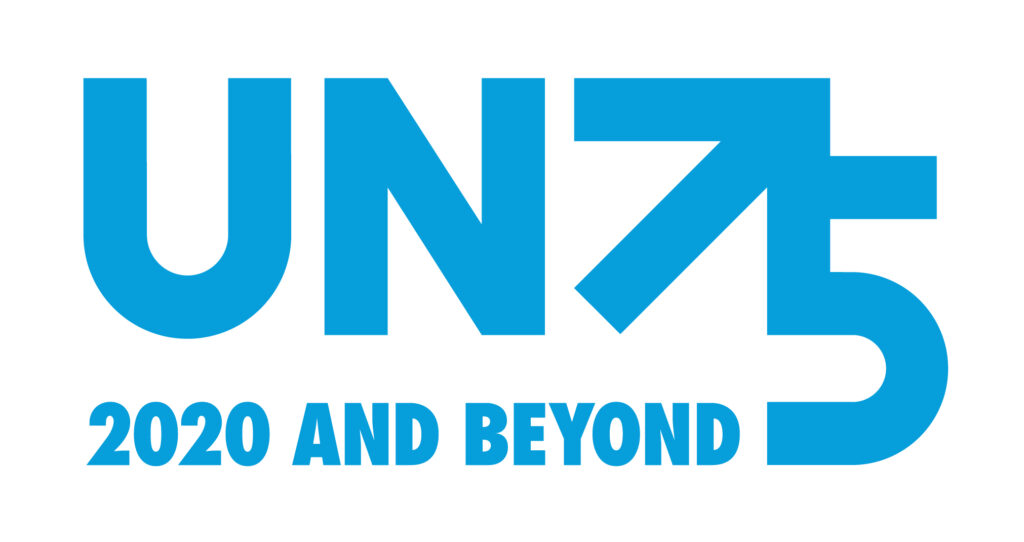
RESOURCES FOR EDUCATORS – a few samples are listed here; come back to this website as additional resources will be posted.
News Decoder: Download a brochure on News Decoder’s media literacy program, offered by the Paris-based nonprofit in partnership with schools around the globe. The program promotes education on good journalism practices for aspiring young journalists as well as resources for the instruction of media literacy for young media consumers. Schools pay an annual fee to partner with News Decoder on such instruction, but financial aid is available for schools that may lack the necessary resources.
Common Sense, a nonprofit, provides a useful online lesson plan for teachers striving to teach media literacy, including discussion points, a video and follow-up suggestions. The lesson is entitled, “Is Breaking News Broken?”
The News Literacy Project, a nonpartisan educational nonprofit, “provides programs and resources for educators and the public to teach, learn and share the abilities needed to be smart, active consumers of news and information and equal and engaged participants in a democracy.”
From The New York Times, here is a detailed lengthy lesson plan for teaching media literacy. Entitled, “Evaluating Sources in a ‘Post-Truth’ World: Ideas for Teaching and Learning About Fake News,” it provides a step-by-step study guide on how to think about media misinformation and how to evaluate whether something is fake news or real news.
A Pandemic of Misinformation: Teaching Digital Literacy — Glossary
Alt- Right: Reactionary group (s) whose attitudes and behavior result in galvanizing controversy
Bots: A bot is a software application that is programmed to do certain tasks. Bots are automated, which means they run according to their instructions without a human user needing to start them up.
Chatbot: Talking via written questions online
Circular Reporting
1) Publication A prints misinformation
2) Publication B reprints it
3) Publication A cites B as its source – see Princeton Univ Library
Click-Bait: Internet content whose main purpose is to attract attention and encourage visitors to click on a link to a particular web page.
Coding: Computer programming that allows people to write instructions that the computer will execute
Cognitive Dissonance: Used to describe the mental discomfort that results from holding two conflicting beliefs, values, or attitudes, or when our behavior is out of sync with our values. People tend to seek consistency in their attitudes and perceptions. So we attempt to relieve this tension by rejecting, explaining away, or avoiding new information. To read more, including causes, impact, and potential pitfalls go to www.verywellmind.com
Confirmation Bias: A result of cognitive dissonance – The willingness to believe what conforms to our preconceptions. These have a hard time breaking through our filter bubbles, as fact checking is not as exciting as conspiracy theories.
Cookies: A small file loaded onto your browser that recognizes your log-in data, monitors your behavior and personal preferences through the sites you’ve visited, and then presents you with more of the same. eg pop-up ads, films similar to what you’ve selected on Netflix. Negatively, it can be an attack on your privacy.
Disinformation: Deliberate distortion of information intended to deceive public opinion
Fake News: What was once called ‘yellow journalism’ – news stories that have no factual basis, but are presented as fact; propaganda or hoaxes spread via traditional news media or social media – (See Red Flags for Variations). It can also be used to discredit anything that seems hostile to someone’s specific agenda.
False Dilemma: Also known as the all-or nothing fallacy, false dichotomy, either-or reasoning, black and white thinking, polarization with no middle ground – when 2 choices are presented where more exist, or a spectrum of choices exist between two extremes eg. “Either you’re with me or against me.”
Filter Bubbles: Our natural tendency to filter out what we find unbelievable or potentially false
Glass Cliff: The risk of failure
Habit Triggers: Elements in the environment that trigger a habitual response. Most people are not conscious of their habits, and in a stimulus saturated environment are susceptible and responsive to cues that are emotional rather than logical. eg. Craving chips and beer when watching a football game on TV
Infodemic: An overwhelming amount of information
Lateral Reading: When professional fact checkers attempt to establish the credibility of a piece of information, they turn first to multiple well- established, authoritative sites and read several of them to get their perspectives on the topic, piecing together different bits of information from across the web. Only when they’ve gotten their bearings from the rest of the network do they re-engage with the content on the original site
Loss Aversion: We’re more sensitive to losing than we are about winning – our vulnerabilities can be leveraged against us. Loss aversion is the irrational obsession with preventing loss. Examples: taking advantage of an extended warranty, or people desperate to avoid losing their homes becoming prey to subprime lenders
Malinformation: True information that is distorted or taken out of context
Misinformation: Incorrect information of any kind, whatever the intention or source
News Desert: Local news outlets are hardest hit by cuts and layoffs. In many parts of the country no local outlets exist. This creates a ‘news desert’ opening the door for misinformation to thrive.
News Literacy: The ability to use critical thinking skills to judge reliability and credibility of news reports, including photos and videos, whether they come via print, TV, Internet, or social media
Parler: A recent controversial, conservative social media platform, purporting to uphold the 1st Amendment by refusing to block any content, however false, misleading or dangerous
Phishing: The fraudulent practice of masquerading as a reputable company, and duping a victim into opening an email, instant message or text message in order to steal sensitive personal data such as log-in information, or credit card numbers (See Red Flags for most common signs of phishing)
Post Truth: Circumstance in which objective facts are less influential in shaping public opinion than appeals to emotion or personal belief.
Primary Source: an original fundamental and authoritative document pertaining to an event or subject of inquiry; a firsthand or eyewitness account of an event. Some examples of primary sources are letters, manuscripts, diaries, journals, newspapers, speeches, interviews, memoirs, documents from government agencies, photographs, audio and video recordings, research data, objects, and artifacts.
Provisional Truth: Though they don’t doubt what they know, provisional truth is an acknowledgement by scientists that their understanding of our natural world is incomplete, and that science is continually working to know more.
Red Herring: Something irrelevant to the topic that distracts from the main issue
Secondary Source: Secondary sources are works that interpret or analyze historical events or phenomena. They are accounts or interpretations of events created by someone without first hand experience. One step removed from the subject, secondary sources are the result of someone else’s contemplation and synthesis of primary sources.
Social Proof: The tendency to decide something is right because other people like me are doing it
Synthetic Media: The attempt to create a fake news site that closely and deceptively resembles a real or well-known one
Woke: Alert to prejudice


